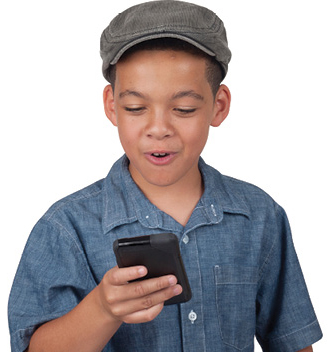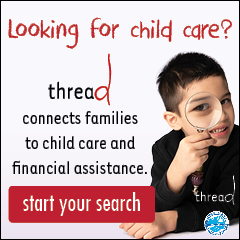 7 Tips to Social Media Train Your Child
7 Tips to Social Media Train Your Child
by Christa Melnyk Hines
Today’s kids practically cut their teeth on electronic devices. But as parents can attest, that doesn’t mean kids automatically know how to conduct themselves positively and respectfully online. Introduce social media and online networking slowly and steadily from the time your child holds his first device.
Here is how to begin social media training your child.
Create a Digital Citizenship Contract. Online behavior is an extension of our real life. Remind your kids to treat others online in the same courteous way they would treat people in person. By creating a family digital citizenship contract, you can open the discussion about appropriate online conduct and clarify your family’s values, rules and consequences. Even if your child won’t be interacting with others just yet, contracts offer a good way to begin establishing expectations and rules around electronics.
Establish boundaries. Too much online use can contribute to feelings of depression and anxiety and can affect a child’s quality of sleep. Create “sacred spaces” or tech-free zones like during meal time to encourage family conversation. Integrate unplugged time to allow for unstructured creativity and play. Have your children turn in their phones or other devices at bedtime to ensure adequate rest.
According to Common Sense Media, 72 percent of kids ages 0 to 8 have used a mobile device to play games, watch videos or use apps. The amount of time that they spend with devices has tripled in the past three years, with some research suggesting that kids spend an average of 7 hours a day in front of screens.
Download a digital citizenship contract here.
Model appropriate social interaction. Your kids watch and learn from you. Show them how you interact in social media, including examples of your posts. Grow conscious of when and where you use your smartphone. Put your phone aside while driving, when your child is talking to you and when interacting with others in public, like a cashier or restaurant server. Make eye contact and show courtesy toward others to help your kids learn that the person standing in front of them is the greater priority at the moment.
Follow the rules. Most major social media sites require that members are 13 and older in compliance with the Children’s Online Privacy and Protection Act (COPPA). Many of these social networks can expose kids to mature content and sketchy individuals. To familiarize a younger child with social media, check out sites like YourSphere.com, which require parental permission, is COPPA compliant, and helps kids learn the ins and outs of online interaction in a safe environment.
Take advantage of teachable moments. Use the news, popular television shows and even trips to the mall as opportunities to discuss appropriate online and offline social behavior. Talk about issues that can happen like predatory behavior, cyberbullying and social media gossip, and proactive steps they can take to protect themselves. Ask your child how she would respond if someone made her feel uncomfortable, asked personal questions or bullied her.
Monitor and discuss. Go through your child’s electronic devices, review texts, photos and profiles. Make sure all of your child’s friends are people she actually knows in real life. Is she interested in downloading a particular app? Review it with her and discuss any red flags or concerns you have. CommonSenseMedia.org is a helpful resource for helping you make an educated decision about different apps, sites and games.
Strike a balance. Extracurriculars like sports, scouts, theatre and 4-H give children many opportunities to develop presentation and leadership skills and offer a healthy balance between online and offline interaction.
Empower your child with the skills to manage social media with confidence and poise, and she’ll enjoy the multiple advantages of exercising her creativity and voice while making savvy decisions when it comes to interacting with others online.










